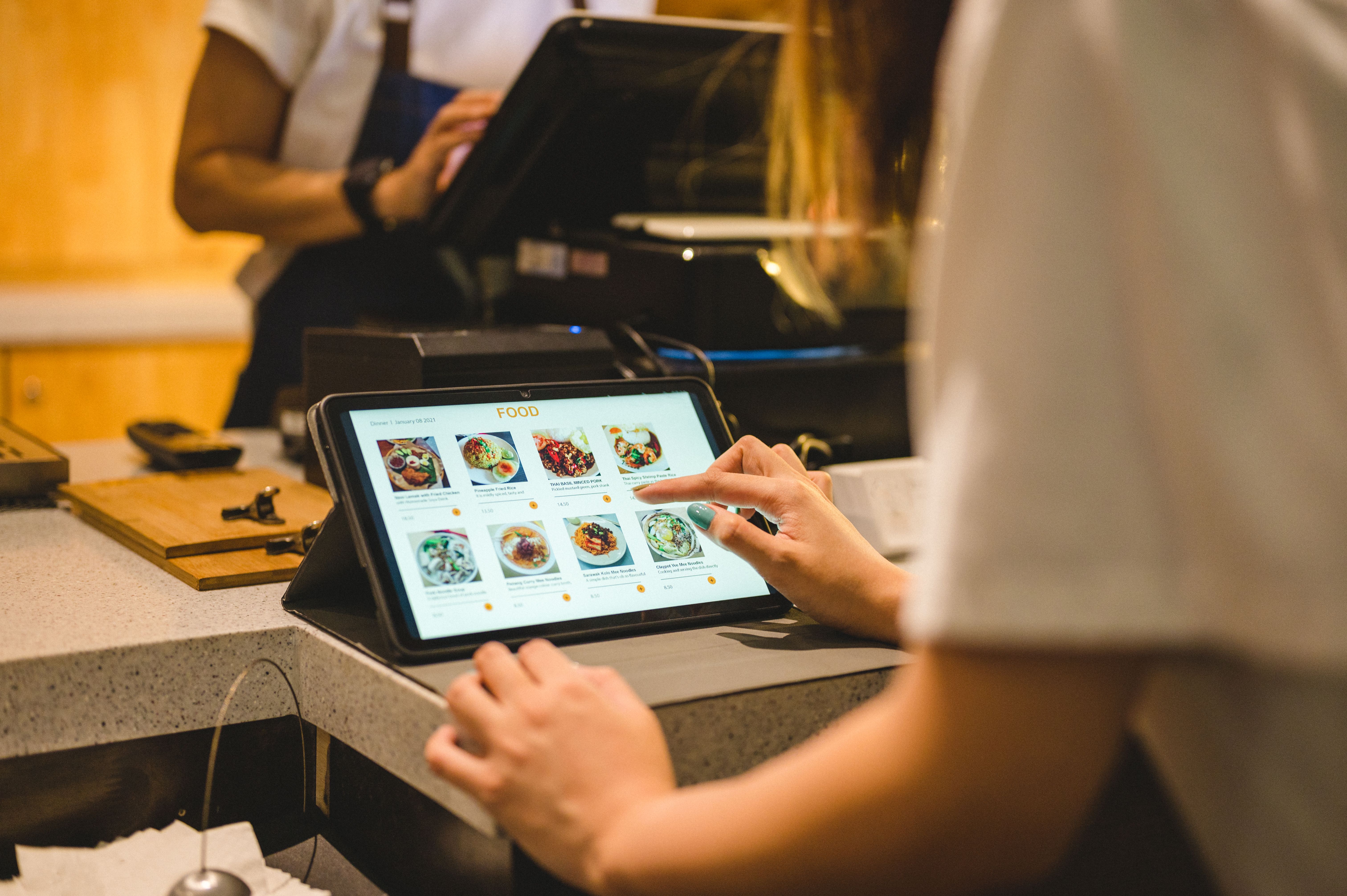The Future of Dining: Transforming Restaurant Loyalty with Web3 Platforms
Introduction to Web3 in Dining
The dining industry is on the cusp of a digital transformation, with Web3 platforms leading the charge. This new era is characterized by the integration of blockchain technology, decentralized applications (dApps), and smart contracts, promising to revolutionize how restaurants engage with their customers. As the world becomes increasingly interconnected, the potential for Web3 to enhance customer loyalty in the dining sector is immense.
Web3 represents the third generation of internet services, shifting from traditional, centralized systems to more decentralized networks. This shift is providing innovative opportunities for restaurants to create more personalized and secure experiences for their patrons.

The Role of Blockchain in Loyalty Programs
Blockchain technology is at the heart of Web3, offering transparency and security like never before. For restaurant loyalty programs, this means creating trust and reliability among customers. By utilizing blockchain, restaurants can ensure that loyalty points are securely stored and easily accessible by customers at any time.
Moreover, blockchain allows for the creation of token-based loyalty systems. These tokens can be exchanged for rewards, discounts, or exclusive experiences, providing an incentive for diners to return and engage with the brand regularly.
How Smart Contracts Enhance Customer Engagement
Smart contracts are self-executing contracts with the terms of the agreement directly written into code. They facilitate, verify, and enforce the performance of a contract without the need for intermediaries. For restaurants, smart contracts can automate the issuance and redemption of loyalty rewards, making the process more efficient and user-friendly.
By implementing smart contracts in their loyalty programs, restaurants can reduce administrative overheads and minimize errors. This automation ensures that customers receive their rewards instantly, enhancing satisfaction and driving repeat visits.
Decentralized Applications (dApps) in Dining
dApps are another critical component of Web3, offering a decentralized approach to application development. In the context of dining, dApps can provide unique opportunities for customer interaction and engagement. These applications can offer personalized dining experiences, enable peer-to-peer reviews, and even facilitate direct feedback to restaurant owners.
Furthermore, dApps can integrate with blockchain-based loyalty programs, providing users with seamless access to their rewards and enabling them to interact with the restaurant's ecosystem in a more meaningful way.
The Benefits of Web3 Loyalty Programs
- Transparency: Customers have complete visibility into their loyalty points and how they are earned or spent.
- Security: Blockchain ensures that data is secure and tamper-proof.
- Interoperability: Tokens and rewards can often be used across different platforms or partnered establishments.
- Community Engagement: Web3 fosters a sense of community by allowing customers to have a stake in their favorite restaurants through token ownership or voting rights on certain decisions.

The Future Outlook
As Web3 continues to evolve, its impact on the dining industry will likely grow. Restaurants that adopt these technologies early can set themselves apart by offering innovative loyalty programs that resonate with tech-savvy consumers. This not only builds brand loyalty but also attracts a new demographic of diners who value security, transparency, and personalization.
In conclusion, the integration of Web3 platforms in the dining industry presents a transformative opportunity. By embracing blockchain technology, smart contracts, and dApps, restaurants can redefine customer loyalty and engagement in ways previously unimaginable. As these technologies become more mainstream, the future of dining promises to be more exciting and rewarding than ever before.
